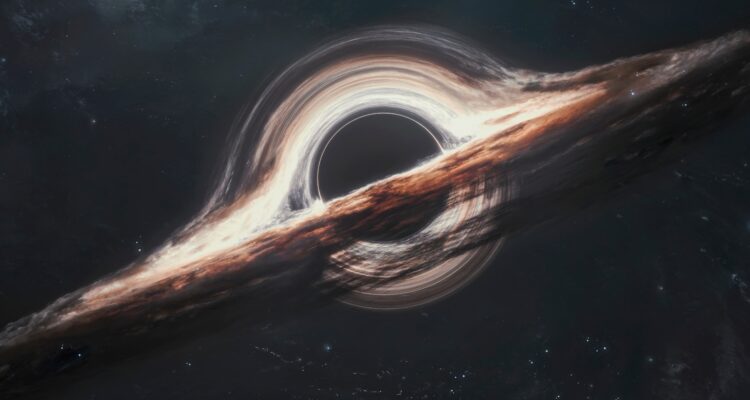The newly discovered black hole is three times larger than the previous biggest one.
By JNS
The Milky Way galaxy’s heaviest known black hole has been discovered in a binary star system, Tel Aviv University announced on Tuesday.
The astronomical phenomenon, found by analyzing data from the European Space Agency’s Gaia space observatory craft, is more than three times heavier than the largest previously identified black holes in our galaxy.
An international team of researchers discovered the star, which orbits a black hole 33 times heavier than the sun’s mass, 1,500 light-years away from Earth.
The Gaia BH3 binary system contains an ordinary star that seems to have formed more than 10 billion years ago, when our galaxy was very young. The star orbits the black hole in an 11-year cycle.
“This is an exciting discovery of the heaviest black hole in a binary system known today in the galaxy,” said Tel Aviv University Professor Emeritus Tsevi Mazeh.
“I am convinced that the discovery will lead to a new mode of thinking regarding the presence and prevalence of the black holes that cruise through the expanses of our galaxy.”
The European Space Agency launched Gaia in 2013 and it has measured the position and brightness of more than a billion stars in the Milky Way galaxy with unprecedented precision, equivalent to accurately determining the position of a grain of sand on the moon to the nearest millimeter.
Hundreds of scientists across Europe, led by Mazeh, process the data coming in from the spacecraft in anticipation of discovering black holes, a difficult feat since light cannot overcome the strong gravitational force in their vicinity.
The research was published in the prestigious journal Astronomy & Astrophysics.
The existence of black holes was predicted by Einstein’s theory of general relativity back in 1939.
According to the accepted theory, when the fuel for the nuclear combustion process that takes place in the core of a star runs out, it collapses in on itself, towards its center.
If the star is massive enough, all the remaining matter collapses into a single point of infinite density. It is possible, therefore, to see the black hole as the “corpse” of a star that has ended its life cycle.
“It is amazing how humankind manages to navigate the vast expanses of the universe and discover such mysterious objects,” Mazeh said.





